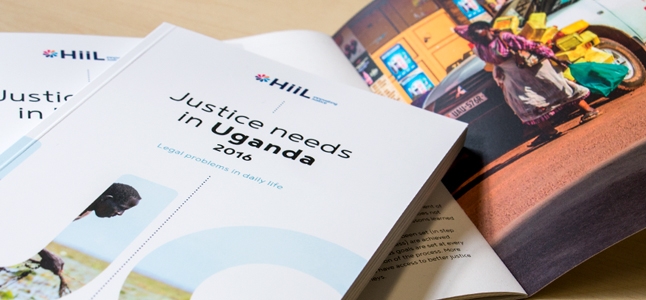Comparing legal phenomena between countries with different legal origins, legal cultures and frameworks is risky and more often than not leads to dubious conclusions. Therefore I am not going to compare the results from Ukraine and Uganda directly. What I want to discuss is the structure of the most prevalent justice needs – problems that occur in people’s lives and (potentially) can be resolved with legal means.
After interviewing 6.5 thousand randomly selected individuals from all over Ukraine we find that consumer problems, employment disputes and grievances around social welfare are the most frequently occurring justice needs. A study with similar parameters conducted a few months ago in Uganda yields somewhat different results. Land disputes, family conflicts and crimes are the most prevalent legal problems in the lives of the Ugandan people.
Empirical legal studies carried out by HiiL Innovating Justice and others discover similar pattern – in developed/transitioning societies consumer problems, employment, disputes between neighbours and public services are the most frequent types of problems. Land disagreements, family disputes and crime are the legal problems for millions of people in the developing world.
There is a marked difference between the types of legal problems that the people in Ukraine and Uganda encounter. However, a careful inquiry reveals interesting parallels. Indeed, disputes arising from purchase of goods and services are framed as legal mostly in the industrialized societies. Leaving the consumer problems aside we see that land and employment disputes are the most prevalent problems in Uganda and Ukraine respectively.
From a legal point of view real estate and employment disagreements belong to different legal domains which shape different legal theories, rights, legal actions and procedures. From the perspective of the users of justice, however, there are more similarities than differences. People need the law to protect their most important asset – their ability to work. Employment is key part of the concept of human development. The right to work is also one of the most important human rights (see art. 23 of the Universal Declaration of Human Rights). In Uganda around 75% of the adult population lives in rural areas and relies on subsistence agriculture. For these people land is a symbol of identity and belonging but also a source of production. Land is the most important economic asset of their families and communities. The industry and service-oriented economy of Ukraine follows markedly different structure. Around 25% of the workforce is employed in activities described as “elementary occupation” which includes but is not limited to subsistence farming. The vast majority of the working population is employed in white collar and professional jobs.
Hence we see that from the bottom-up most often the law is needed to guarantee stable relationships that empower the people to earn income and sustain their families and communities. This leads to additional questions – 1) how well the existing justice journeys empower the individuals to benefit from their skills and talents and 2) what does this mean in terms of justice innovation?

Figure 1: Costs and quality of justice
Disputes around land and employment are crucial for human development. People need procedures which produce fair and stable results when livelihood is at stake. Using the law to protect and promote stable, dignified and equal livelihood is (or should be) a priority for the justice systems around the world. Innovation of the existing justice journeys for employment and land disputes is a global urgency. This can happen through design and re-design of justice procedures which resolve the problems in affordable, accessible, fast and fair manner. The graph above shows how the people in Uganda and Ukraine perceive the formal and informal processes for resolving disputes around livelihood. Clearly, improvements are possible and very much needed in both countries. The big question is: which are the innovations that can increase the users’ ratings above the score of 4 and towards 5 on the 10 dimensions of justice?
Innovations in justice procedures around livelihood should target protection but also should create opportunities for equal and beneficial employment. The change should start with careful analysis of the needs of the justice users. Livelihood justice needs are an excellent candidate for using as a benchmark in the framework of the SDGs and in particular SDG 16.
Justice innovation is about creative combination of processes, rules, talents and technologies. HiiL Innnovating Justice has an ever growing database of justice innovations. One of the lessons from these innovations is that the process of change should start with a clear picture of people’s problems. The examples from Ukraine and Uganda are obvious – people need accessible, just and fair processes to protect their livelihood. With the right set up the next steps of justice innovation (see Figure 2) will follow!

Figure 2: Justice Innovation Process
Would you like to learn more about our study? Click here to download our latest data report on Uganda, or here to access all the the reports.


